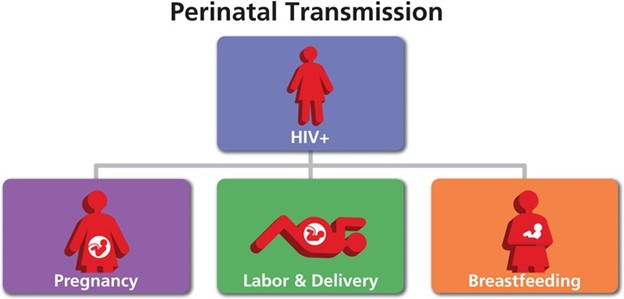The nurse is performing an assessment on a child and notes the presence of Koplik’s spots. In which communicable disease are Koplik’s spots present?
Rubella
Measles (rubeola)
Chickenpox (varicella)
Exanthema subitum (roseola)
The Correct Answer is B
Measles (rubeola) is a communicable disease that is characterized by Koplik’s spots, which are clustered, white lesions on the buccal mucosa opposite the lower molars. They appear two to three days before the measles rash and are pathognomonic for measles.
Choice A is wrong because rubella is a different viral infection that causes a mild rash and fever, but does not have Koplik’s spots.
Choice C is wrong because chickenpox (varicella) is caused by the varicella-zoster virus and produces fluid-filled blisters on the skin, not white spots in the mouth.
Choice D is wrong because exanthema subitum (roseola) is caused by the human herpesvirus 6 or 7 and causes a high fever followed by a pink rash on the trunk and neck, but no oral lesions.
Nursing Test Bank
Naxlex Comprehensive Predictor Exams
Related Questions
Correct Answer is D
Explanation
The correct answer is choice D. Perinatal transmission of HIV is when HIV is passed from a woman with HIV to her child during pregnancy, childbirth, or breastfeeding.

Breast milk from an infected mother can contain HIV and infect the baby.
Choice A is wrong because HIV can be transmitted at any stage of pregnancy, not only in the third trimester.
Choice B is wrong because needlestick injury is not a common mode of perinatal transmission of HIV. It is more likely to occur among health care workers who are exposed to contaminated needles or sharp objects.
Choice C is wrong because HIV can also be transmitted through the ingestion of amniotic fluid, but it is not the only way. Amniotic fluid is the fluid that surrounds and protects the baby in the womb.
Correct Answer is B
Explanation
This is because a patent ductus arteriosus is a congenital heart defect that involves a defect in which the fetal shunt between the aorta and the pulmonary artery fails to close. This causes a continuous machinery-like murmur that can be heard on auscultation.
Choice A is wrong because pulmonary stenosis is a narrowing of the pulmonary valve or artery that obstructs blood flow to the lungs. It causes a systolic ejection murmur that is best heard at the upper left sternal border.
Choice C is wrong because the ventricular septal defect is a hole in the wall between the ventricles that allows blood to flow from the left to the right side of the heart. It causes a loud, harsh holosystolic murmur that is best heard at the left lower sternal border.
Choice D is wrong because coarctation of the aorta is a narrowing of the aorta that reduces blood flow to the lower body. It causes a systolic murmur that radiates to the back and weak or absent femoral pulses.
Whether you are a student looking to ace your exams or a practicing nurse seeking to enhance your expertise , our nursing education contents will empower you with the confidence and competence to make a difference in the lives of patients and become a respected leader in the healthcare field.
Visit Naxlex, invest in your future and unlock endless possibilities with our unparalleled nursing education contents today
Report Wrong Answer on the Current Question
Do you disagree with the answer? If yes, what is your expected answer? Explain.
Kindly be descriptive with the issue you are facing.
